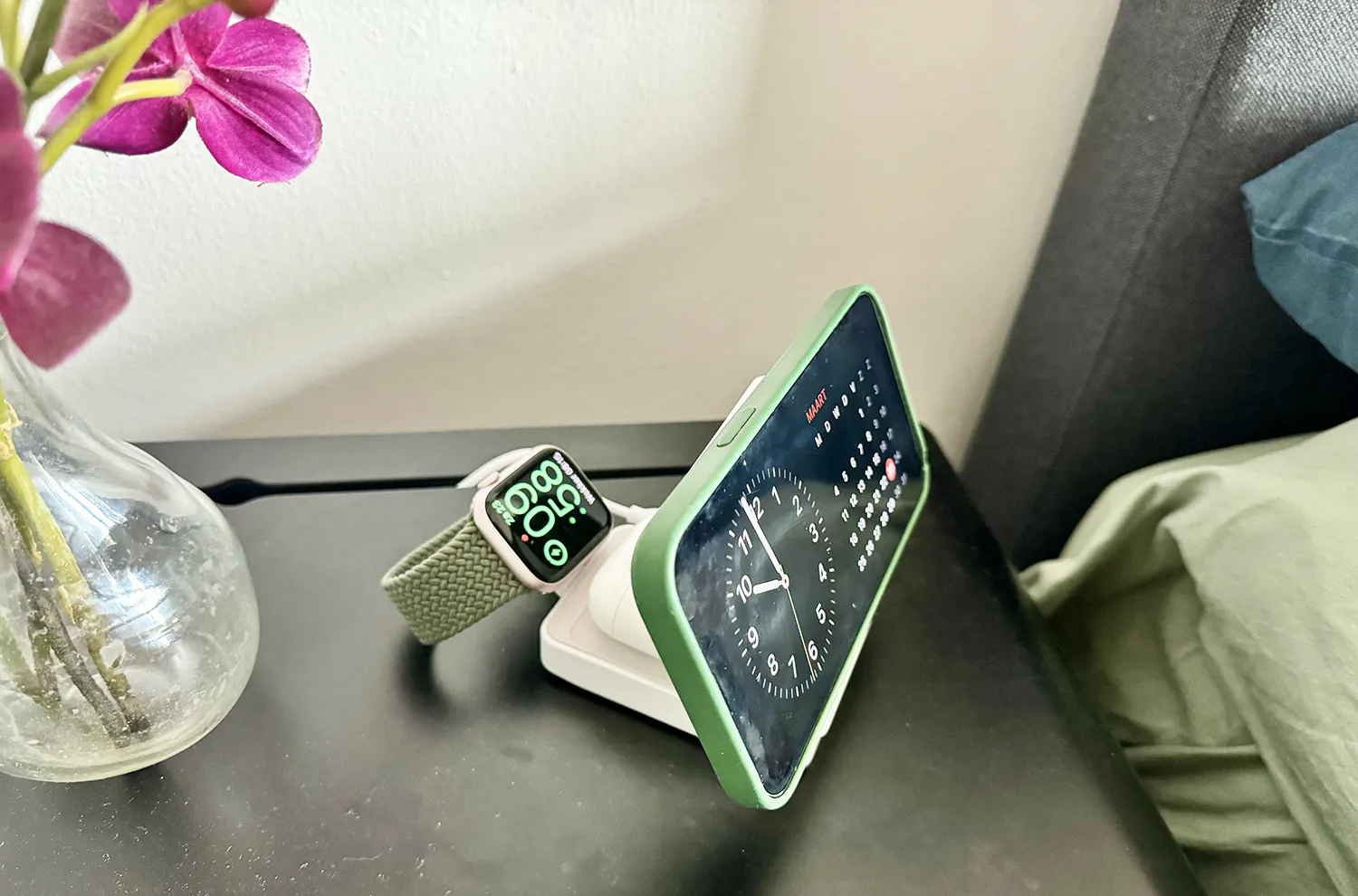Google wants to continue fighting mobile phone theft and, to do so, it has a novelty that will give Android users a higher dose of protection. In this way, users will be able to feel safer using their mobile phone in all types of places and situations, even when they go on a trip to places they don’t know.
The anti-theft protection of Android 15 has been something much discussed previously and is helping to increase security when using the mobile. Now Google wants to enhance these features through a new function that is being introduced under the name Identity Check.
More protection against theft
What Google proposes is that we have a deeper identification system and that we help indicate to our mobile phone that it is really us who are using it. This identity checker uses biometrics with the intention of carrying out an exhaustive verification of the user so that there is no possibility of a different person touching the mobile phone.

In addition to biometrics, Google mentions that other systems are also used to implement this security system. And, along with this, they indicate the most interesting thing of all: it is possible to designate a series of safe zones. We will do it using markers with geopositioning and Google Maps so that the mobile phone knows perfectly if we are in one of these safe areas or not. If we leave them, because perhaps we have gone on vacation to another place, the mobile phone will force us to pass the biometric control to identify ourselves. If you do not do so, the mobile will block many of its functions and thus prevent thieves from benefiting from the device.
How does the blocking system work?
Without going through biometric identification, Android phones that have this function activated will not be able to access the PIN change system, nor the password change or unlock pattern change. At the same time, the possibility of deactivating Find My Mobile mode will also not be available. It is also good news to know that neither the application password list nor the passkeys that are also stored will be accessible.
This system is complementary to the other security measures that are already established and, as we indicated, it must be activated. The biometrics are linked to the Google account, but it also has a solid security system.

What Google wants is for us to be ready for any possibility of a theft, whatever the situation. Keep in mind that, for example, there may be people who steal our phone, run away and end up in an area that is not designated as trusted on our account. In that type of situation, the thief would not have the opportunity to actively keep the phone and, in parallel, we would have the possibility of searching for the place where the terminal is located. That could help your recovery or, at least, minimize the consequences of being left without your cell phone.
To begin with, the first phones to receive this security system are the Pixel with Android 15 along with the Samsung Galaxy smartphones that have the UI 7 update. However, it has been mentioned that Google’s plan is for these security measures to end even reaching older mobile phones. The idea is that all terminals that have, at least, the Android operating system in version 10 can benefit from this system. Thanks to this, it is hoped that users’ mobile phones are safer and that the volume of thefts is being reduced. It may not be something that will catch on quickly with thieves, but the hope is that, over time, it will help.













